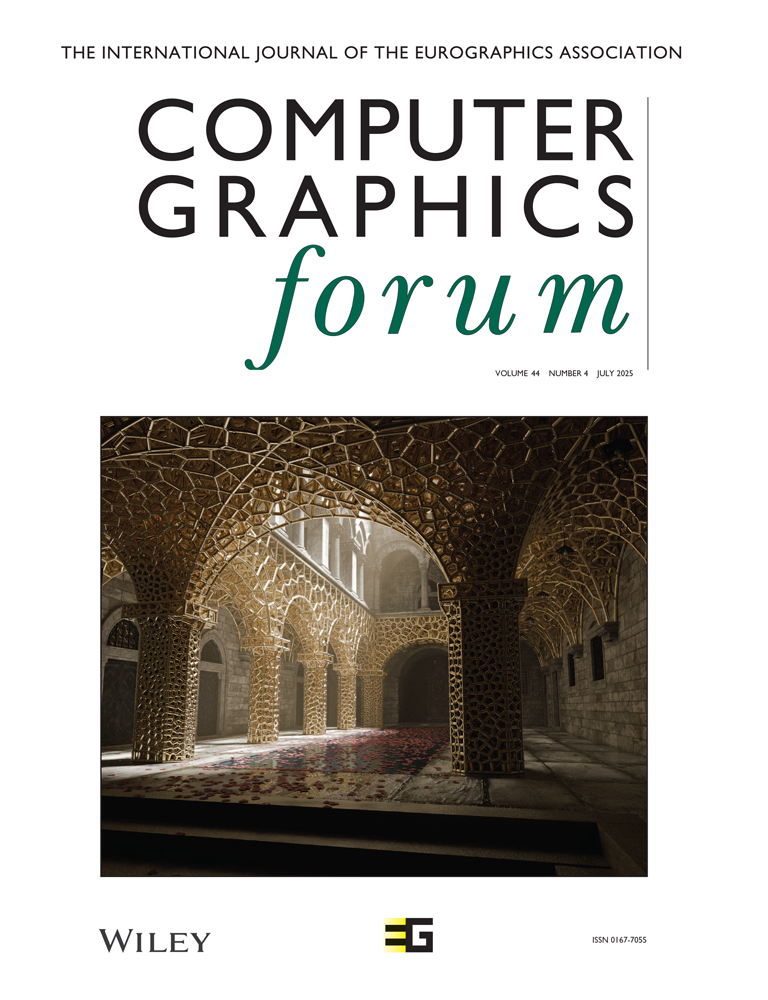The Open Inventor Toolkit and the PREMO Standard
Abstract
PREMO is an emerging international standard for the presentations of multimedia objects including computer graphics. Open Inventor™ is a commercially available “de facto” standard for interactive computer graphics packaged as a library of objects. In this paper, we consider whether the concepts and objects of PREMO are sufficient to represent a professional quality system, such as Open Inventor.
By comparing PREMO with Open Inventor, we hope to show that PREMO's computer graphics environment model and event model can properly describe Open Inventor's rendering action and event model. The scene graph is very important in Open Inventor. Most Open Inventor functions rely on various operations over scene graphs. The construction, edition and traversal of the scene graphs are implemented as a set of newly defined PREMO objects. Graphics rendering, event handling and scene graphs constitute the fundamental parts of Open Inventor, other Open Inventor functionalities can be constructed from these. We conclude that since these three fundamental parts of Open Inventor can be properly modelled and implemented by means of PREMO, that the concepts and objects of PREMO are sufficient to represent Open Inventor.




